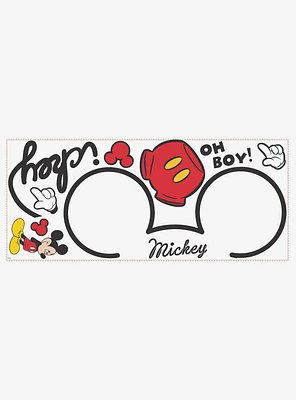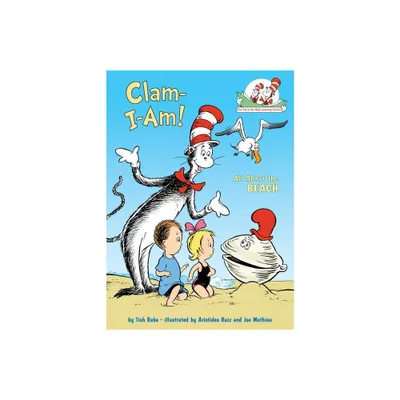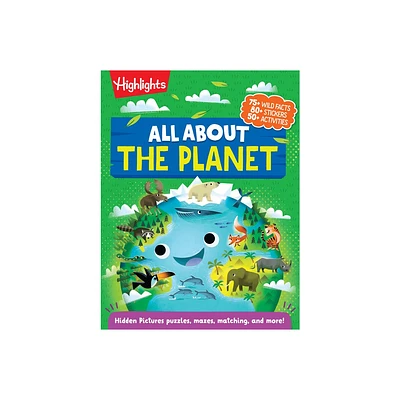Home
The Giant Clams: all about these beautiful, unique, and fascinating reef animals
Loading Inventory...
Barnes and Noble
The Giant Clams: all about these beautiful, unique, and fascinating reef animals
Current price: $68.99


Barnes and Noble
The Giant Clams: all about these beautiful, unique, and fascinating reef animals
Current price: $68.99
Loading Inventory...
Size: OS
*Product Information may vary - to confirm product availability, pricing, and additional information please contact Barnes and Noble
This Barnes & Noble print-on-demand book is the author's complete coverage of these remarkable reef-dwelling animals, which has been written and photo-illustrated for anyone interested in them. Inside you'll find information on: the biology of giant clams, the common and uncommon species, the problems they face, how they are aquacultured, and much more. The book also includes over 500 photographs and illustrations.
You can also find James' giant clam photo galleries and videos and more at jameswfatherree.com.
Table of Contents:
Preface
Introduction
Chapter 1: Tridacnine Anatomy, Physiology, and Reproduction
Tridacnine Shells
Tridacnine Soft Parts
How Tridacnines Work
Tridacnine Reproduction
Chapter 2: Tridacnine Miscellanea
Ecological Roles
Some Other Symbionts
Mantle Coloration
Dealing with UV
Exposure to Air
Jerking and Squirting
Deformities and Funky Mantles
The Biggest Clams
Tridacnine Pearls
Maximum Lifespans
A Bit More About the ZTS
A Few Close Cousins
Name Changes, Cryptic Species, and Trees
A Variety of Zooxanthellae
Attachments and Self-Righting
Making Burrows
Tridacnine Shells and Humans
Chapter 3: The Common Tridacnine Species
Tridacna crocea
Tridacna maxima
Tridacna noae
Tridacna derasa
Tridacna squamosa
Tridacna gigas
Hippopus hippopus
Chapter 4: The Uncommon Tridacnines and Hybrids
Hippopus porcellanus
Tridacna mbalavuana
Tridacna squamosina
Tridacna elongatissima
Tridacna rosewateri
Hybrid Tridacnines
Chapter 5: Tridacnine Troubles
Bleaching
Bacterial Infections
Protozoans and Pinched Mantle
Deteriorating Ligaments
Boring Sponges and Algae
Overgrowing Algae and Corals
Bad Worms
Predatory and Parasitic Snails
Other Predatory Animals
Humans
Chapter 6: Tridacnine Aquaculture
Broodstock and Spawning
Gamete Collection
Fertilization
Larval Rearing
Grow-Out
On From There
References and Image Credits
Index
You can also find James' giant clam photo galleries and videos and more at jameswfatherree.com.
Table of Contents:
Preface
Introduction
Chapter 1: Tridacnine Anatomy, Physiology, and Reproduction
Tridacnine Shells
Tridacnine Soft Parts
How Tridacnines Work
Tridacnine Reproduction
Chapter 2: Tridacnine Miscellanea
Ecological Roles
Some Other Symbionts
Mantle Coloration
Dealing with UV
Exposure to Air
Jerking and Squirting
Deformities and Funky Mantles
The Biggest Clams
Tridacnine Pearls
Maximum Lifespans
A Bit More About the ZTS
A Few Close Cousins
Name Changes, Cryptic Species, and Trees
A Variety of Zooxanthellae
Attachments and Self-Righting
Making Burrows
Tridacnine Shells and Humans
Chapter 3: The Common Tridacnine Species
Tridacna crocea
Tridacna maxima
Tridacna noae
Tridacna derasa
Tridacna squamosa
Tridacna gigas
Hippopus hippopus
Chapter 4: The Uncommon Tridacnines and Hybrids
Hippopus porcellanus
Tridacna mbalavuana
Tridacna squamosina
Tridacna elongatissima
Tridacna rosewateri
Hybrid Tridacnines
Chapter 5: Tridacnine Troubles
Bleaching
Bacterial Infections
Protozoans and Pinched Mantle
Deteriorating Ligaments
Boring Sponges and Algae
Overgrowing Algae and Corals
Bad Worms
Predatory and Parasitic Snails
Other Predatory Animals
Humans
Chapter 6: Tridacnine Aquaculture
Broodstock and Spawning
Gamete Collection
Fertilization
Larval Rearing
Grow-Out
On From There
References and Image Credits
Index


















